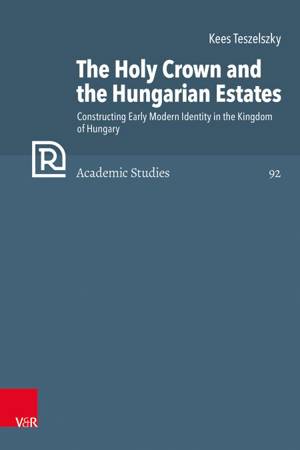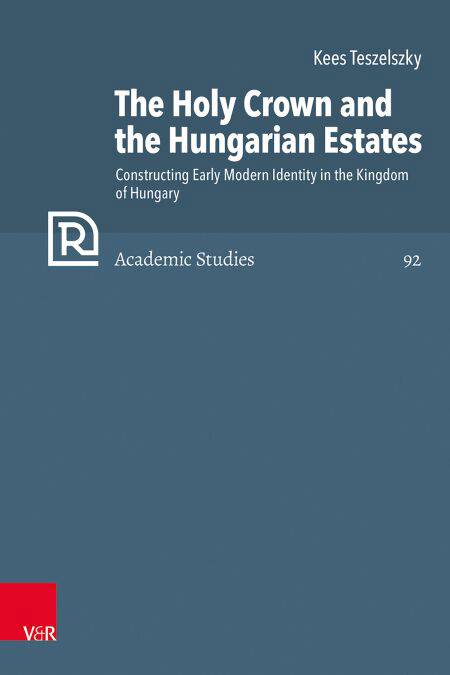
- Afhalen na 1 uur in een winkel met voorraad
- Gratis thuislevering in België vanaf € 30
- Ruim aanbod met 7 miljoen producten
- Afhalen na 1 uur in een winkel met voorraad
- Gratis thuislevering in België vanaf € 30
- Ruim aanbod met 7 miljoen producten
Zoeken
The Holy Crown and the Hungarian Estates E-BOOK
Constructing Early Modern Identity in the Kingdom of Hungary
Kees Teszelszky
€ 140,00
+ 140 punten
Omschrijving
This book is about one of the most important elements of the political narratives in the history of Hungary in past and present: the Holy Crown of Hungary. This object is one of the most widely used symbols of modern Hungarian nationalism in our times and has been in use for ages in political culture. Surprisingly less is known how the meaning of the crown has changed over the centuries and how this influenced the development of national identity in the early modern period.
Starting point is that the "medieval doctrine of the holy crown" is a modern invention. Teszelszky's research concentrates on the relation between the change in the meaning of this crown and the construction of an early modern national identity between 1572 and 1665. Using a constructivist method of research the author shows how the Habsburg ruler and the Hungarian estates legitimised their political program through an image of the crown and the Hungarian political community. In a short period between the end of 1604 and 1613 during a rebellion in Hungary, a war with the Ottomans and a strive between Emperor Rudolf II and his brother Archduke Matthias, the medieval tradition of the holy crown was revived and redeveloped by Hungarian and foreign historiographers into an ideology which is still present today.
Starting point is that the "medieval doctrine of the holy crown" is a modern invention. Teszelszky's research concentrates on the relation between the change in the meaning of this crown and the construction of an early modern national identity between 1572 and 1665. Using a constructivist method of research the author shows how the Habsburg ruler and the Hungarian estates legitimised their political program through an image of the crown and the Hungarian political community. In a short period between the end of 1604 and 1613 during a rebellion in Hungary, a war with the Ottomans and a strive between Emperor Rudolf II and his brother Archduke Matthias, the medieval tradition of the holy crown was revived and redeveloped by Hungarian and foreign historiographers into an ideology which is still present today.
Specificaties
Betrokkenen
- Auteur(s):
- Uitgeverij:
Inhoud
- Aantal bladzijden:
- 396
- Taal:
- Engels
- Reeks:
Eigenschappen
- Productcode (EAN):
- 9783647573441
- Verschijningsdatum:
- 16/04/2023
- Uitvoering:
- E-book
- Formaat:

Alleen bij Standaard Boekhandel
+ 140 punten op je klantenkaart van Standaard Boekhandel
Beoordelingen
We publiceren alleen reviews die voldoen aan de voorwaarden voor reviews. Bekijk onze voorwaarden voor reviews.








